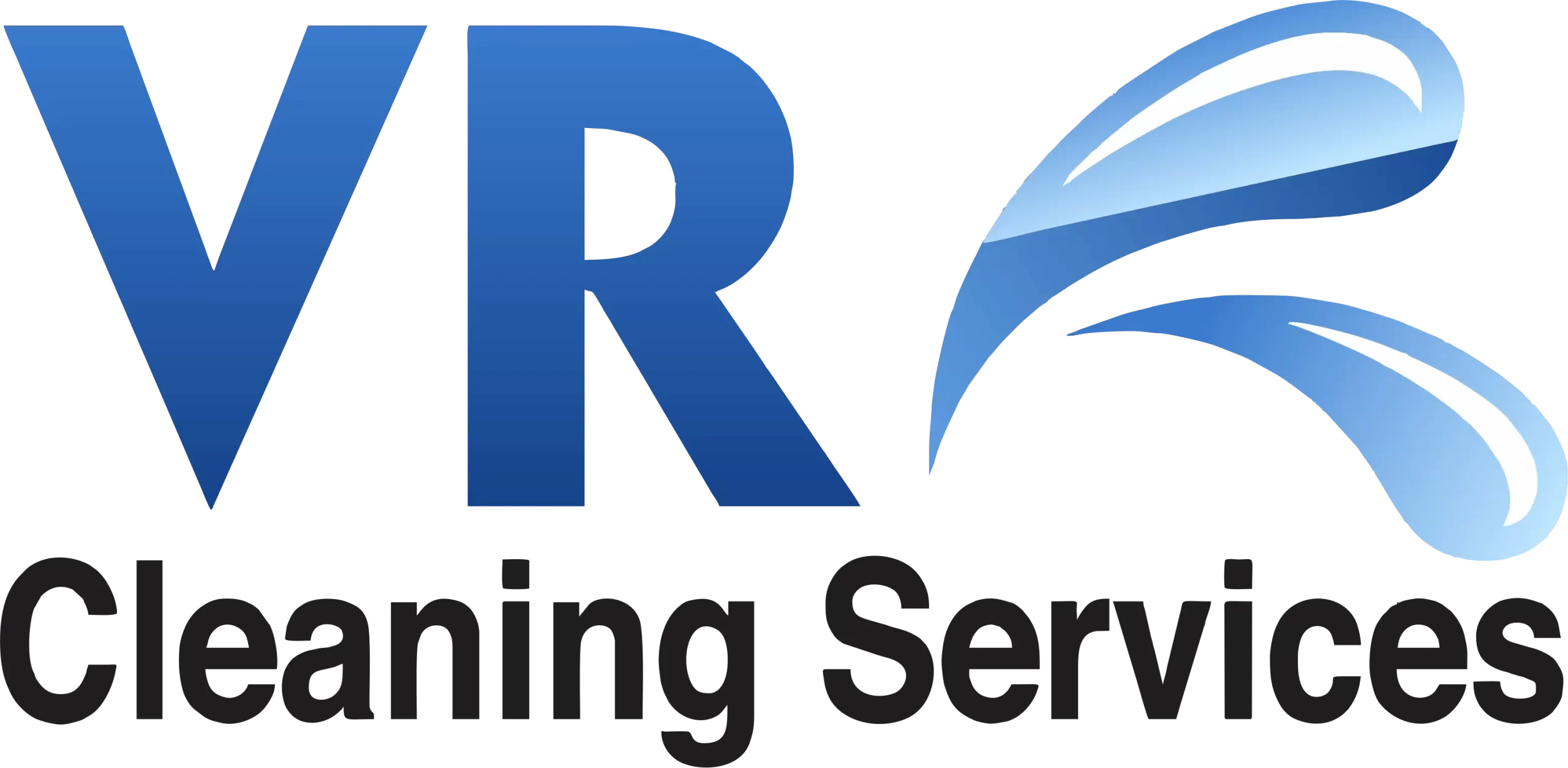In the cleaning services industry, training is paramount. Whether it’s for residential, commercial, or specialized cleaning such as medical facilities, a well-trained cleaning staff is essential to ensure high standards of cleanliness, efficiency, and safety. This article explores the key aspects of training in the cleaning services industry and its benefits for employees, clients, and businesses.
Why Training Matters
- Ensuring Quality and Consistency
- Quality cleaning requires knowledge of proper techniques, use of cleaning agents, and handling of equipment. Training ensures that all staff members are equipped with the necessary skills to provide consistent and high-quality service. Clients expect a certain level of cleanliness, and meeting these expectations consistently helps build trust and satisfaction.
- Health and Safety Compliance
- Cleaning can involve the use of hazardous chemicals and equipment. Proper training in handling these substances and tools is crucial to prevent accidents and health issues. Moreover, understanding health and safety regulations helps in maintaining a safe working environment for both the cleaning staff and the occupants of the spaces being cleaned.
- Efficiency and Productivity
- Trained employees are more efficient in their tasks, knowing the best practices and time-saving techniques. This not only increases productivity but also reduces the time and cost associated with cleaning. Efficient cleaning processes ensure that the job is done thoroughly and swiftly, benefiting both the client and the cleaning company.
- Specialized Cleaning Knowledge
- Different environments require different cleaning approaches. For instance, cleaning a medical facility is vastly different from cleaning an office space. Specialized training programs equip employees with the knowledge and skills to handle various environments, including the specific protocols for infection control in healthcare settings.
Key Components of Effective Cleaning Training Programs
- Orientation and Basic Training
- New hires should undergo an orientation that covers company policies, safety procedures, and basic cleaning techniques. This foundational training sets the stage for further skill development and integration into the company’s culture and standards.
- Hands-On Training
- Practical, hands-on training is essential for learning how to operate cleaning equipment, use cleaning agents properly, and perform specific cleaning tasks. Supervisors or experienced staff can demonstrate techniques and supervise new employees as they practice.
- Health and Safety Training
- Comprehensive training on health and safety is non-negotiable. This includes understanding Material Safety Data Sheets (MSDS), proper handling and storage of chemicals, use of personal protective equipment (PPE), and emergency procedures.
- Specialized Training Modules
- Depending on the industry or specific client requirements, additional training modules may be necessary. For example, healthcare cleaning staff need training on infection control, while those cleaning industrial sites need to understand hazardous material handling and disposal.
- Ongoing Education and Certification
- The cleaning industry is constantly evolving with new technologies and methods. Ongoing education and training keep staff updated on the latest developments. Certification programs, such as those offered by the International Sanitary Supply Association (ISSA) or the Cleaning Management Institute (CMI), provide recognized credentials that validate an employee’s expertise.
Benefits of Investing in Training
- Employee Retention and Satisfaction
- Investing in employee training demonstrates a company’s commitment to its staff’s professional growth. This leads to higher job satisfaction, reduced turnover, and a more motivated workforce.
- Enhanced Reputation and Client Trust
- A well-trained cleaning team delivers high-quality services, which enhances the company’s reputation. Satisfied clients are more likely to retain services and provide positive referrals, driving business growth.
- Cost Savings
- Proper training reduces the risk of accidents and damages, saving costs related to workers’ compensation, liability claims, and equipment repairs. Efficient cleaning techniques also minimize waste of cleaning agents and resources.
- Compliance and Risk Management
- Adhering to health and safety regulations through proper training helps avoid legal issues and potential fines. It also reduces the risk of contamination and infection outbreaks in sensitive environments like hospitals and food processing plants.
Conclusion
Training is a cornerstone of the cleaning services industry, ensuring quality, safety, and efficiency. By investing in comprehensive training programs, cleaning companies can enhance their service delivery, improve employee satisfaction, and build a strong reputation in the market. As the industry continues to evolve, ongoing education and adaptation to new methods and technologies will remain crucial for maintaining high standards and meeting client expectations.

